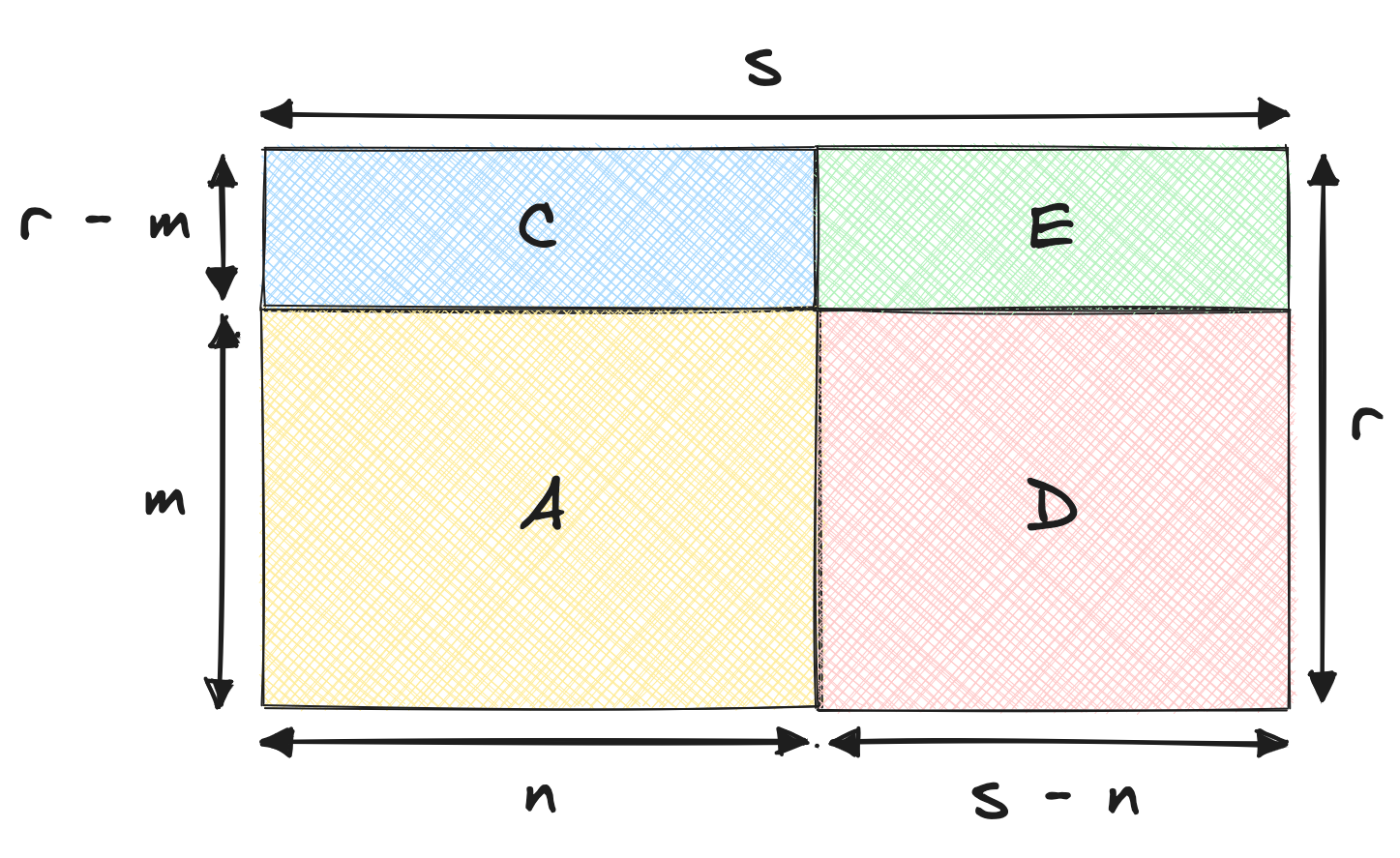
Metadata
- Author: Max Halford
- Full Title:: Answering “Why Did the KPI Change?” Using Decomposition
- Category:: 🗞️Articles
- Document Tags:: data analysis, KPI decomposition
- URL:: https://maxhalford.github.io/blog/kpi-evolution-decomposition/?ref=blef.fr
- Finished date:: 2024-02-26
Highlights
What matters is to use a decomposition that makes sense for your use case (View Highlight)
One way is to say that the KPI change comes from: • A: The old customers, who pay the old price • B: The old customers, who pay the new price difference • C: The new customers, who pay the old price • C: The new customers, who pay the new price difference (View Highlight)
I believe this variant is called conjugate decomposition (View Highlight)
The decomposition method is important. But the dimension you use to decompose the KPI is equally important (View Highlight)
Ratios are another type of KPI that can be decomposed (View Highlight)
we are still looking to decompose the KPI in terms of volume change and average change. But the volume change is now expressed in terms of share of the total, and the average change is expressed in terms of average per group. (View Highlight)
In the field of economics, there is a bunch of literature on the topic of decomposition methods. For instance, these papers decompose productivity growth, by allocating growth to new companies, exiting companies, and existing companies. I also stumbled upon the Kitagawa-Blinder-Oaxaca decomposition. This seems like a way to explain the difference of a value between two groups, when the value can be modelled as a linear regression. This is powerful: if you don’t know the formula behind a KPI, but can fit it with a regression model, then you can decompose it using this method. (View Highlight)
A cool thing you can do is decompose funnel metrics. For instance, if you’re studying the number of views of a YouTube video, you can decompose it into the number of impressions, the click-through rate, and the watch time. This is a good way to understand what drives the number of views (View Highlight)